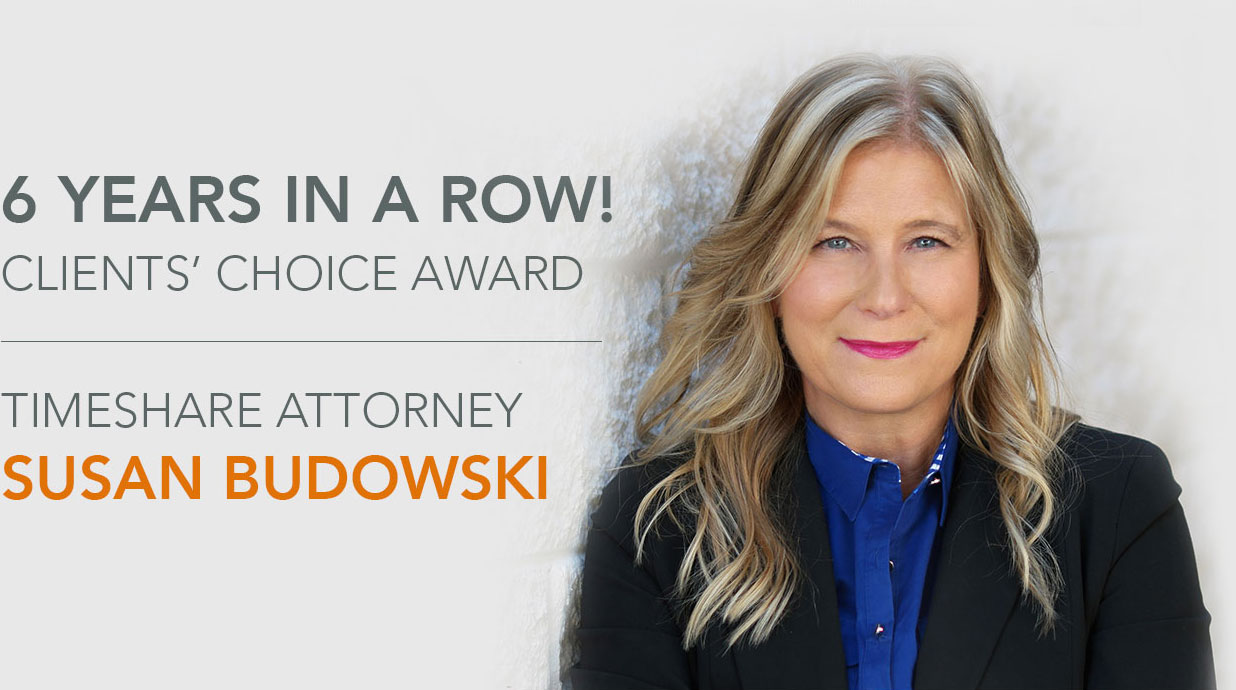Your lender computes a fixed monthly payment based on the loan amount, the interest rate, and the number of years need to pay off the loan. A longer term loan causes greater interest costs over the life of the loan, efficiently making the home more pricey. The rate of interest on variable-rate mortgages can change eventually.
Your payment will increase if rate of interest increase, but you might see lower needed monthly payments if rates fall. Rates are generally fixed for a variety of years in the beginning, then they can be adjusted annually. There are some limits as to just how much they can increase or reduce.
2nd home mortgages, likewise referred to as house equity loans, are a means of loaning against a residential or commercial property you already own. You may do this to cover other expenses, such as financial obligation combination or your child's education expenditures. You'll add another home loan to the home, or put a new very first home loan on the home if it's settled.
They just get payment if there's cash left over after the very first home mortgage holder gets paid in the event of foreclosure. Reverse home mortgages can offer income to property owners over the age of 62 who have actually developed equity in their homestheir homes' values are significantly more than the remaining home mortgage balances versus them, if any. In the early years of a loan, many of your home loan payments go towards settling interest, producing a meaty tax deduction. Much easier to qualify: With smaller payments, more borrowers are qualified to get a 30-year mortgageLets you money other objectives: After mortgage payments are http://www.folkd.com/ref.php?go=https%3A%2F%2Ftimesharecancellations.com%2Fblog made each month, there's more money left for other goalsHigher rates: Because loan providers' danger of not getting repaid is topped a longer time, they charge greater interest ratesMore interest paid: Paying interest for 30 years includes up to a much greater overall expense compared with a much shorter loanSlow growth in equity: It takes longer to construct an equity share in a homeDanger of overborrowing: Certifying for a larger home mortgage can lure some people to get a bigger, better home that's more difficult to afford.

Greater upkeep expenses: If you choose a pricier house, you'll face steeper costs for real estate tax, upkeep and possibly even energy bills. "A $100,000 house might need Click here for more info $2,000 in annual maintenance while a $600,000 home would need $12,000 each year," says Adam Funk, a qualified financial coordinator in Troy, Michigan.
With a little preparation, you can combine the security of a 30-year mortgage with among the primary advantages of a shorter mortgage a quicker path to completely owning a house. How is that possible? Pay off the loan quicker. It's that simple. If you want to attempt it, ask your lending institution for an amortization schedule, which demonstrates how much you would pay every month in order to own the house completely in 15 years, twenty years or another timeline of your picking.
Making your home loan payment automatically from your checking account lets you increase your monthly auto-payment to fulfill your goal but override the increase if needed. This approach isn't identical to a getting a much shorter mortgage due to the fact that the rates of interest on your 30-year mortgage will be slightly greater. Rather of 3.08% for a 15-year fixed mortgage, for instance, a 30-year term may have a rate of 3.78%.
For mortgage consumers who desire a much shorter term however like the flexibility of a 30-year home loan, here's some advice from James D. Kinney, a CFP in New Jersey. He recommends buyers gauge the month-to-month payment they can pay for to make based on a 15-year home loan schedule but then getting the 30-year loan.
Whichever method you settle your home, the most significant advantage of a 30-year fixed-rate mortgage might be what Funk calls "the sleep-well-at-night impact." It's the guarantee that, whatever else alters, your home payment will remain the exact same.
Buying a house with a mortgage is most likely the largest monetary transaction you will participate in. Usually, a bank or home mortgage lending institution will finance 80% of the price of the house, and you accept pay it backwith interestover a specific duration. As you are comparing lending institutions, mortgage rates and options, it's practical to understand how interest accumulates monthly and is paid.
These loans come with either repaired or variable/adjustable interest rates. Many mortgages are totally amortized loans, suggesting that each regular monthly payment will be the very same, and the ratio of interest to principal will alter with time. Basically, monthly you pay back a part of the principal (the quantity you have actually borrowed) plus the interest accumulated for the month.

The length, or life, of your loan, likewise figures out how much you'll pay each month. Completely amortizing payment refers to a routine loan payment where, if the borrower pays according to the loan's amortization schedule, the loan is fully settled by the end of its set term. If the loan is a fixed-rate loan, each fully amortizing payment is an equivalent dollar quantity.
Extending payments over more years (up to 30) will normally result in lower monthly payments. The longer you require to settle your mortgage, the greater the overall purchase cost for your house will be since you'll be paying interest for a longer duration. Banks and lenders mainly provide 2 types of loans: Rates of interest does not change.
Here's how these work in a house mortgage. The month-to-month payment remains the same for the life of this loan. The rates of interest is secured and does not alter. Loans have a payment life period of thirty years; shorter lengths of 10, 15 or 20 years are likewise commonly readily available.
A $200,000 fixed-rate mortgage for thirty years (360 month-to-month payments) at a yearly rate of interest of 4.5% will have a month-to-month payment of approximately $1,013. (Taxes, insurance and escrow are additional and not included in this figure.) The annual rates of interest is broken down into a monthly rate as follows: An annual rate of, state, 4.5% divided by 12 equates to a month-to-month interest rate of 0.375%.